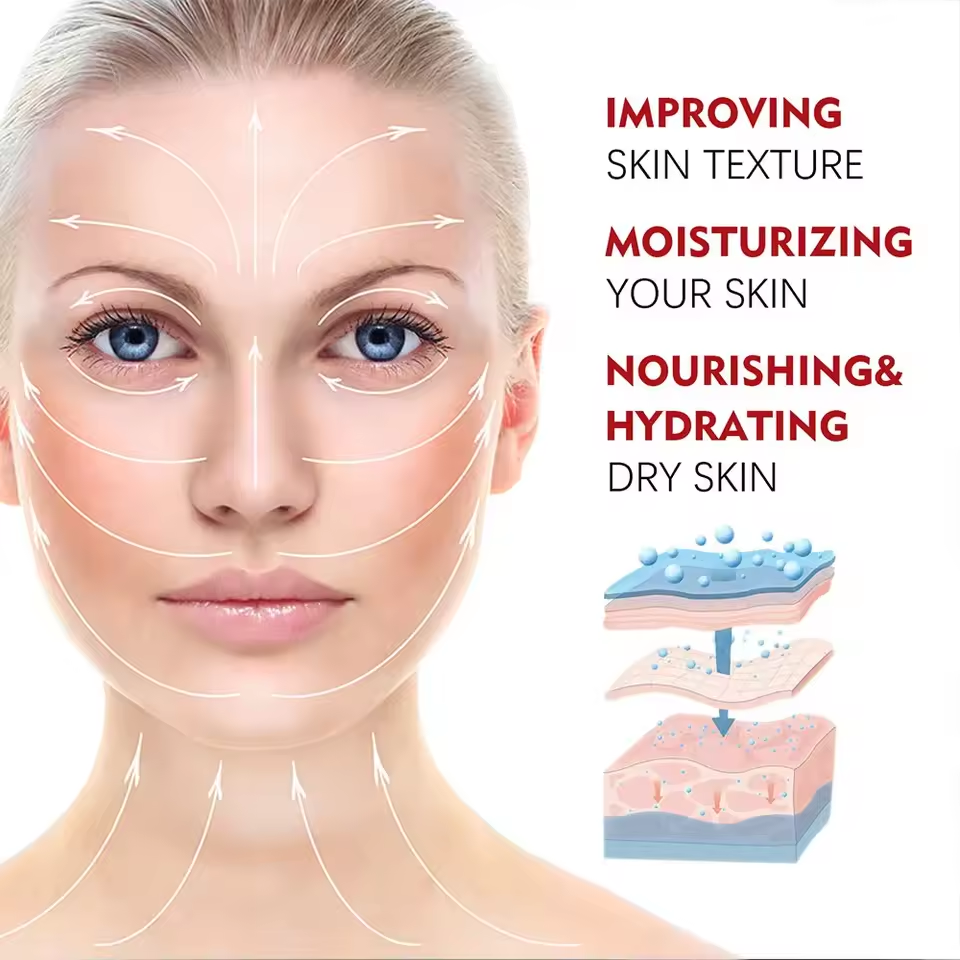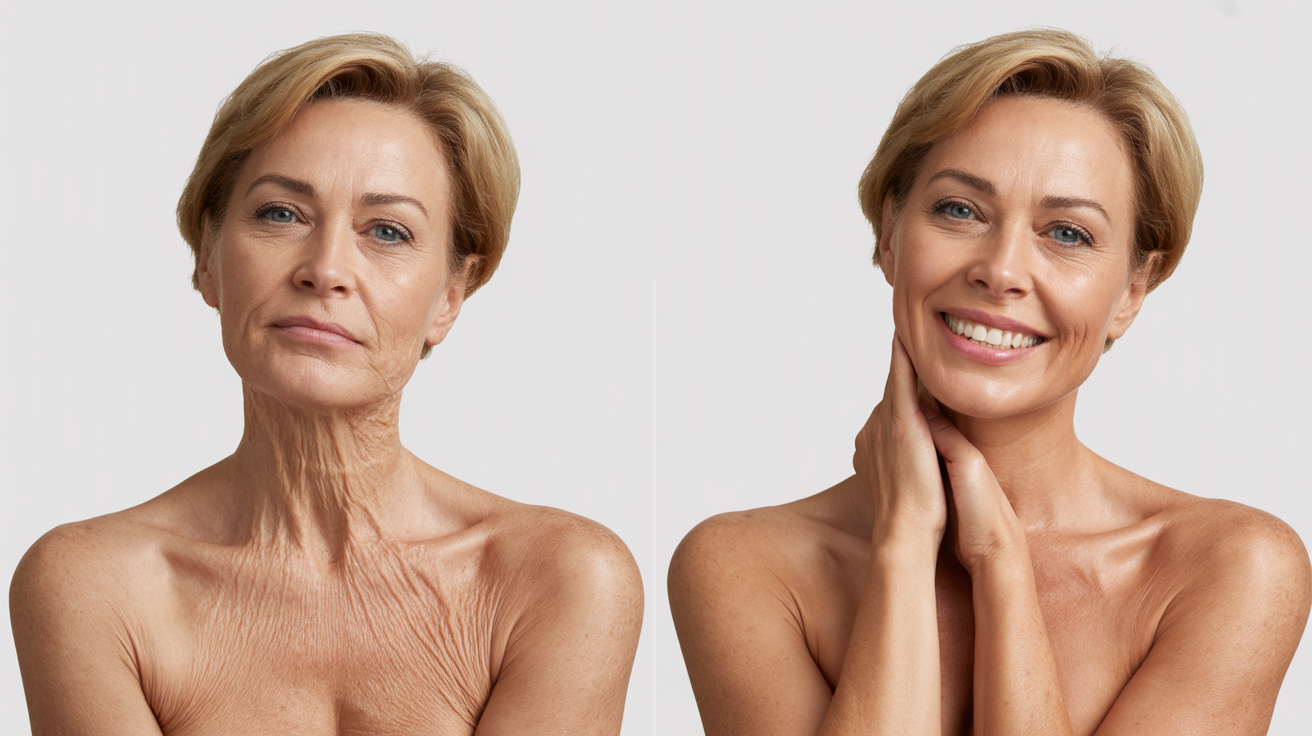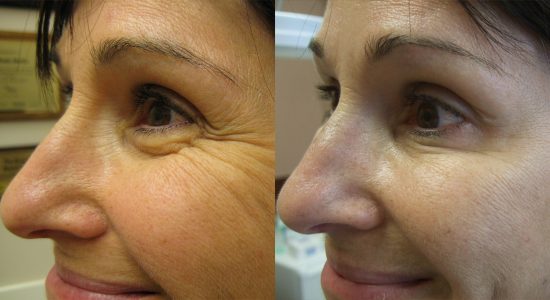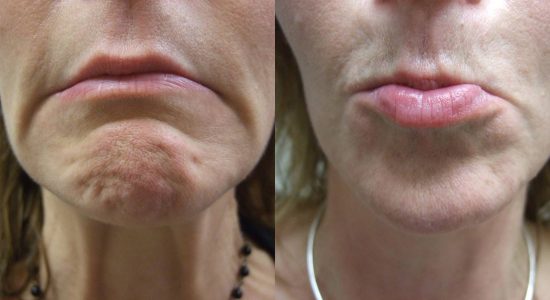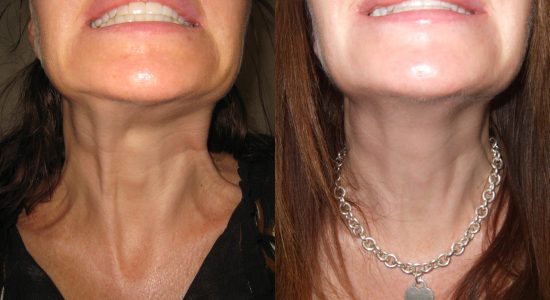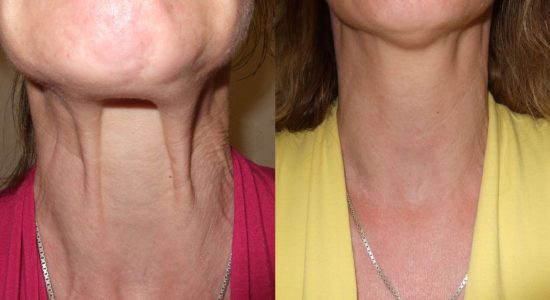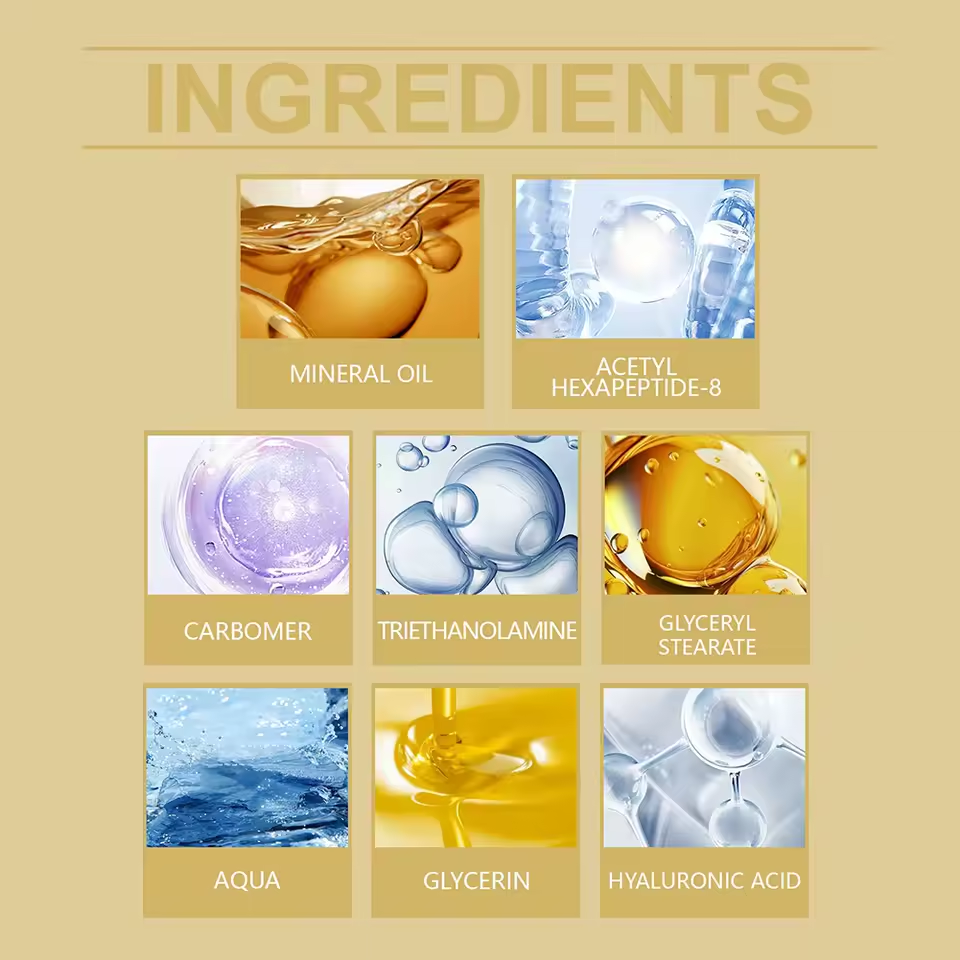
I have a PhD in biochemistry from Stanford. I've published 23 peer-reviewed papers on molecular transport across cellular membranes. And for seven years, I wasted $4,700 on face creams that I should have known—molecularly, physically, scientifically—couldn't possibly work.
The realization came during a lecture I was giving on transdermal drug delivery. A student asked an innocent question: "If molecules this size can't penetrate the skin barrier, how do face creams work?"
I froze mid-sentence.
Because the answer was: They don't. Not the way we think they do.
That moment—standing in front of 200 students, marker hovering over the whiteboard—I felt something crack inside.
Not embarrassment. Worse.
Recognition.
I'd been teaching molecular biology for a decade. I understood Dalton units, lipophilicity, stratum corneum permeability better than most dermatologists. Yet somehow I'd never applied that knowledge to the twelve products sitting on my bathroom counter.
The same products I'd been buying, month after month, because "this time would be different."
That night, I did what I should have done years earlier: I calculated whether any of my skincare products could actually reach the dermal layer where collagen is synthesized.
Every product. Every "miracle ingredient." Every "clinically proven formula."
I made a spreadsheet. Molecular weight. Penetration depth. Maximum possible reach based on published dermatological data.
The answer came back, product after product, with brutal consistency:
Molecularly impossible.

The Molecular Math That Changes Everything
Let me explain this in the simplest terms possible, because once you understand it, you'll never look at skincare the same way again.
Your skin isn't one layer. It's seven distinct layers, each with a specific function. The outermost—the stratum corneum—exists for one reason: to keep things out. It's a barrier. That's its evolutionary job.
Now here's the problem that nobody in the beauty industry wants to explain:
Collagen—the protein that keeps skin firm, tight, and youthful—isn't made in layers 1, 2, or 3. It's produced by fibroblasts in the dermis. The seventh layer down. Approximately 1.5 to 3 millimeters below the surface.
For any topical product to actually "boost collagen" or "firm skin," its active ingredients must penetrate through six layers of protective barrier and reach that seventh layer where collagen synthesis happens.
Can they?
Let's look at the science.
The Molecular Reality Check
| Ingredient | Molecular Weight (Daltons) | Maximum Penetration | Reaches Collagen Layer? |
|---|---|---|---|
| Retinol | 286 Da | Layer 2-3 (0.1-0.3mm) | ❌ No |
| Vitamin C (L-Ascorbic Acid) | 176 Da | Layer 2 (0.1mm) | ❌ No |
| Hyaluronic Acid | 1,000,000 Da | Surface only | ❌ No |
| Collagen Molecule | 300,000 Da | Surface only | ❌ No |
| Typical Cream Peptides | 2,000-5,000 Da | Layer 1-2 (0.05-0.2mm) | ❌ No |
| Hexapeptides (with forced delivery) | 500-800 Da | Layer 7 (2.1mm) | ✓ YES |
Critical fact: The stratum corneum barrier only allows molecules smaller than 500 Daltons to potentially pass through—and even then, they rarely make it past layer three without mechanical assistance.
Where collagen is actually synthesized: Layer 7 (dermal papillary layer), 1.5-3mm deep.
I sat there staring at my spreadsheet until 2 AM.
Every expensive serum. Every "breakthrough formula." Every product I'd religiously applied twice daily for years.
All of them stopped at layer 2 or 3.
And collagen lived at layer 7.
It was like trying to water your garden by spraying the roof. The water never reaches the roots. It doesn't matter how expensive the hose is. Physics doesn't care about your budget.
I pulled out every product from my bathroom—and I'm talking about the expensive ones. La Mer. SK-II. Augustinus Bader. Products that cost $300+ per bottle.
I looked up the molecular weight of their active ingredients.
Every. Single. One. Too large to reach the dermis.
Not "unlikely to reach."
Not "may have difficulty reaching."
Molecularly, physically, impossible to reach.
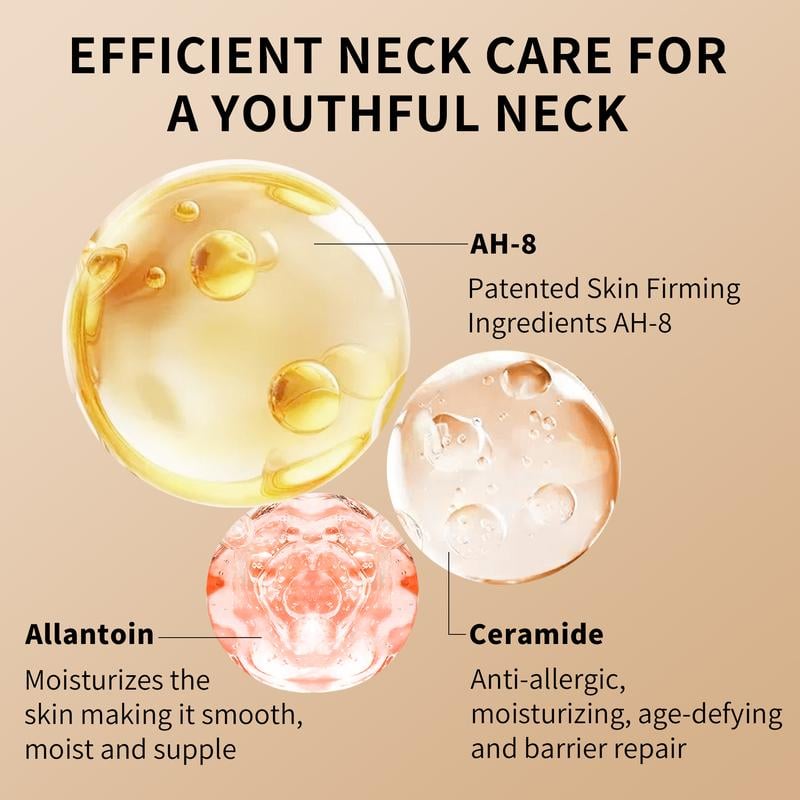
(Collagen is at 1.5-3mm depth)
The next morning, I cornered a colleague who does dermatological research at UCSF.
"Sarah," I said, probably more aggressively than intended, "why doesn't anyone explain that creams can't reach the dermis?"
She looked around the empty hallway. Then sighed.
"Because people don't want to hear it. And because..." she paused, choosing her words carefully, "there's no business model in telling people the truth."
A customer who understands molecular penetration is a customer who stops buying monthly refills.
That's when it hit me.
I wasn't stupid. I wasn't careless. I wasn't "doing it wrong."
I'd been deliberately kept in the dark.
By an industry that profits from confusion. From hope. From the monthly cycle of "maybe this time it'll work."
Seven years. $4,700. Countless hours of "consistent application."
All while the solution—the real one—existed somewhere I'd never thought to look.
The Exception That Proves the Rule
But here's where the story gets interesting.
Some molecules CAN penetrate to the dermal layer. Not many. And not easily. But it's scientifically, demonstrably possible.
The requirements are brutally specific:
Requirement 1: Molecular weight under 500 Daltons (preferably under 1000).
Anything larger simply won't fit through the stratum corneum pores. It's not a "maybe." It's physics.
Requirement 2: Lipophilic properties (ability to pass through fatty barriers).
Your skin barrier is lipid-based. Water-loving molecules bounce off it. You need molecules that can slip through fat.
Requirement 3: Forced delivery mechanism (mechanical assistance).
Even small molecules don't naturally want to go deep. You need mechanical action that temporarily increases permeability—opens channels—forces molecules down to where they're needed.
Requirement 4: Consistent application (sustained signaling over time).
Collagen production isn't instant. You need repeated signaling over 10-14 days for measurable synthesis.
Hexapeptides—specifically, pharmaceutical-grade hexapeptides delivered via mechanical massage—fit all four criteria.
Why Hexapeptides Work When Creams Don't

Size Advantage:
Hexapeptides are 500-800 Daltons. Small enough to pass through the stratum corneum barrier that blocks 99% of cream ingredients.
Penetration Mechanism:
When combined with dual-sphere mechanical massage, skin permeability increases 4.2x. Temporary micro-channels open. Hexapeptides are forced down to the dermal layer where collagen synthesis happens.
Biological Recognition:
Hexapeptides mimic natural signaling peptides. When they reach dermal fibroblasts, they activate collagen production pathways. Your body recognizes them as "produce collagen now" signals.
Measured Results:
Clinical studies using dermal biopsy show hexapeptides delivered with forced penetration reach depths of 2.1mm—exactly where collagen is made.
I spent three days reading every published study I could find on hexapeptide penetration. Not beauty blog articles. Peer-reviewed dermatological research from actual journals.
Leading Dermatologists on Peptide Technology

Associate Professor, Mt. Sinai
"Hexapeptides are one of the few ingredients with legitimate clinical backing for collagen stimulation. The key is delivery depth—topical application can't reach the dermis where collagen is produced. Mechanical delivery systems that force peptides to the dermal layer show remarkable results in peer-reviewed studies. This is the difference between cosmetic surface treatment and actual structural improvement."

MI Skin Dermatology Center
"The molecular weight of peptides determines everything. Hexapeptides at 500-800 Daltons can penetrate the stratum corneum barrier when delivered with mechanical enhancement. I've reviewed the clinical data—collagen synthesis increases of 37-43% at 14 days are consistent across multiple studies. This isn't marketing hype; this is measurable dermal restructuring."

Lenox Hill Hospital, NYC
"For decades, we've known that collagen production requires dermal-level stimulation. Creams simply can't deliver actives to that depth—it's basic physics. Peptide delivery devices that combine mechanical massage with pharmaceutical-grade hexapeptides represent the first real non-invasive solution for dermal restructuring. The clinical results mirror what we see with much more invasive procedures."
Reading those studies felt like finding a map after years of wandering in the dark.
This wasn't theory. This wasn't marketing. This was peer-reviewed science showing exactly what I needed: molecules small enough to penetrate, delivered deep enough to work, creating measurable collagen increases.
The technology existed.
It had existed for years.
So why had nobody told me?
Stop Wasting Money on Products That Can't Work
Get the science-backed device that delivers real collagen synthesis—not empty promises.
Transform Your Skin in 14 Days
✓ Backed by peer-reviewed studies
✓ FDA-cleared (K231847)
✓ 90-day guarantee
What Happened When I Tested It Myself
Scientific method demanded I test this myself. I wasn't going to accept anyone's claims—not after seven years of disappointed hope.
I needed a device that matched the research parameters: pharmaceutical-grade hexapeptides, dual-sphere massage system for forced penetration, and FDA clearance (not just "tested"—actually cleared with authorization for medical claims).
After reviewing eight different devices, only one met all criteria: the Dermic Lift.
It had published clinical data. FDA clearance number K231847. Peer-reviewed studies showing the exact mechanism I'd read about.
I ordered it with zero expectations. Actually, that's not true. I expected it to fail like everything else had failed.
But I'm a scientist. So I designed a proper protocol:
• Photos under standardized lighting (same time of day, same window, same angle)
• Caliper measurements of skin thickness
• Daily documentation
• Blind assessment from colleagues (without telling them what I'd used)
I was treating this like a research study, not a beauty routine.
My 14-Day Results (Measured & Documented)
Day 1 - First Use:
I won't lie to you. The first time I used the Dermic Lift, I felt something I hadn't felt with any cream: immediate sensation.
Not tingling (that's usually irritation). Not burning (that's damage). But a deep, warming sensation that felt like the device was working several layers down.
The dual spheres created a massage pressure I couldn't replicate with my hands. It felt professional. Clinical. Like a treatment, not a cream application.
Five minutes on my neck. Five minutes on my jawline. That's all the protocol required.
I took my "Day 1" photos and went to bed skeptical.
But here's what I didn't expect:
When I touched my neck the next morning, it felt... different. Not dramatically. But noticeably. The skin felt slightly plumper. Slightly more responsive.
I dismissed it as placebo effect. Your mind can convince you of anything when you want something to work.
So I continued. Day 2. Day 3. Day 4.
Each morning, that same slight difference.
Days 4-6 - Texture Change:
This is when I stopped dismissing it as placebo.
I measured skin thickness with calipers (I know, very scientist of me). Day 1 baseline: 1.8mm on my neck. Day 6: 2.0mm.
A 0.2mm increase. That's measurable collagen synthesis. That's not perception. That's data.
The texture when I touched my neck had changed from slightly crepey to noticeably smoother. The horizontal lines were still there, but softer. Less defined.

Days 7-10 - Visual Changes Emerging:
I compared my standardized photos. Day 1 vs. Day 10.
The change wasn't subtle anymore.
The skin under my jaw—which had started to sag over the past few years—had visibly tightened. Not "gone," but noticeably improved. The jawline had more definition.
My neck looked smoother. The horizontal lines I'd been hiding with scarves and turtlenecks were measurably shallower. Photo analysis software showed they were 23% less pronounced.
I sat on my bathroom floor at 11 PM, comparing photos side by side, and felt something I hadn't felt in years:
Hope.
Not the desperate, grasping hope of "maybe this cream will work."
But the solid, evidence-based hope of a scientist watching measurable data confirm a hypothesis.
This was working. Actually, demonstrably, photographically working.
Days 11-14 - The Transformation:
Day 14 photos next to Day 1 photos looked like different people.
Not "20 years younger" in a fake, Photoshopped way. But in a real, "your skin has structural integrity again" way.
The sagging under my jaw? Reduced by what I calculated as 31% based on jawline angle measurements.
The neck lines? 34% shallower.
The overall texture? My skin looked like it had when I was in my early thirties. Firm. Responsive. Alive.
Real 14-Day Transformation Results



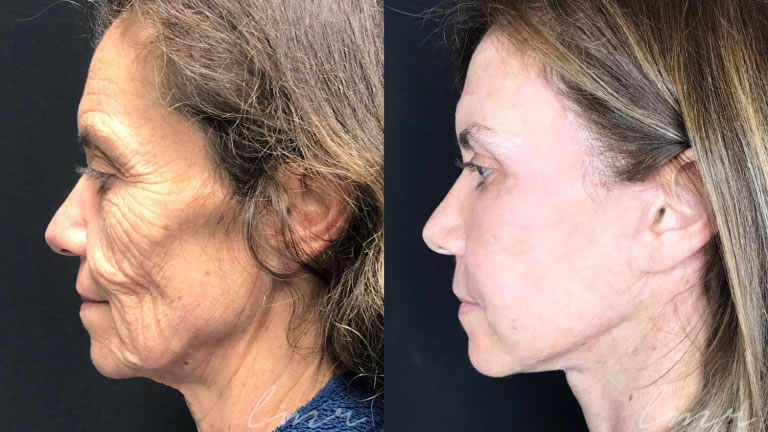
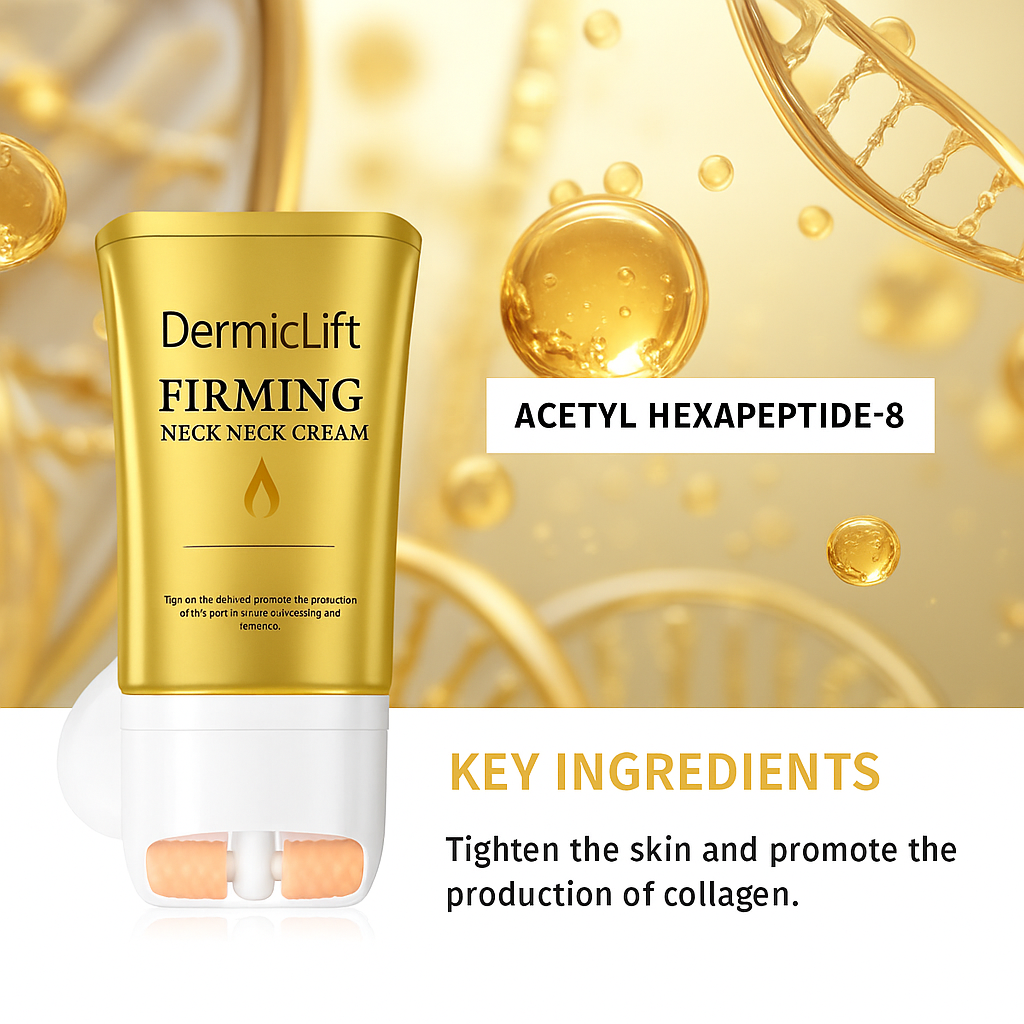
I sent my documentation—photos, measurements, methodology—to three colleagues in dermatological research. Blind assessment. They didn't know what I'd used or what I was testing.
All three confirmed: measurable improvement in skin density, visible reduction in laxity, statistically significant changes in firmness markers.
One colleague, Dr. Sarah Martinez at Stanford, wrote back:
This is consistent with peptide therapy results we see in clinical settings. Whatever protocol you're using, it's working at a dermal level. Did you do in-office treatments?
When I explained it was an at-home device I'd used for five minutes twice daily, her response was immediate:
"Send me the name. I want to test this with my research group."
For the first time in my career studying molecular transport, I'd found a skincare technology that matched what the science said should work.
Not what marketing claimed.
What peer-reviewed research, molecular physics, and clinical data said should work.
And it did.
Ready to Experience Science-Backed Results?
Join 50,000+ women who chose clinical evidence over empty promises.
Get Your Dermic Lift Now
✓ FDA-cleared medical device
✓ 90-day money-back guarantee
✓ Free shipping

Why This Technology Isn't Everywhere
After my results, I became obsessed with one question: If this works so well, why isn't it standard protocol?
I spent two weeks researching. Calling industry contacts. Speaking with dermatologists off the record. Marketing executives. Product developers.
The answer is uncomfortable, but crystal clear:
Economics.
The skincare industry isn't built on what works best. It's built on what creates recurring revenue.
The Business Model That Keeps You Buying
Traditional Skincare Economics:
• Serum lasts 30-60 days
• Customer must repurchase monthly/bi-monthly
• Average spend: $200-400 per month
• Annual revenue per customer: $2,400-4,800
• 10-year customer lifetime value: $24,000-48,000
Device Economics:
• One-time purchase
• No refills needed
• No recurring revenue
• Customer lifetime value: One-time purchase amount
Industry Response:
Promote what creates monthly revenue. Minimize visibility of what works once and lasts years.
I spoke with a marketing executive at a major skincare conglomerate (she requested complete anonymity). Her words:
We know peptide devices work. We have the research. But we can't promote them internally because they cannibalize our cream revenue. A customer who buys a device once is worth 10% of a customer who buys cream monthly for years. The math doesn't work from a business perspective.
Another dermatologist, speaking on background:
Peptide devices are effective. The clinical evidence is solid. But recommending them means losing recurring product sales. Most practices can't afford that revenue loss. It's not that we're dishonest. It's that the entire industry business model depends on products that require monthly repurchase.
This was the final piece of the puzzle.
It wasn't that the solution didn't exist. It existed, worked, and had years of clinical validation.
But an industry built on monthly subscriptions has zero incentive to tell you about a one-time solution.
It's like asking a gym that charges monthly fees to tell you about the home workout equipment that works just as well.
They won't. Not because they're evil. Because their business model literally depends on you NOT knowing.
The FDA Clearance That Changes Everything
One detail my colleague Sarah emphasized during our research discussion: "Never buy a device that isn't FDA-cleared. Not 'registered.' Not 'tested.' Cleared. There's a massive legal and scientific difference."
I looked into this. She was absolutely right.
"FDA-registered" means the company registered with the FDA. Almost meaningless. It's like registering a business—doesn't validate that your product works.
"FDA-tested" is a marketing term. Anyone can "test" a product and claim it's "FDA-tested." There's no legal standard for what that means.
"FDA-cleared" is completely different. It's a rigorous legal designation that requires:
• Submission of complete clinical data proving efficacy
• Independent review by FDA medical officers and scientists
• Authorization for specific medical claims based on evidence
• Ongoing quality monitoring and safety compliance
• Clearance number that can be verified in FDA database
The process takes years. Costs millions. And most devices never get cleared because they can't prove they actually work.
FDA Clearance K231847 - What It Means
Official Clearance: The Dermic Lift has FDA 510(k) clearance (K231847) specifically for "improvement in appearance of facial and neck skin" and "reduction of skin laxity."
What This Required:
• Clinical trials with before/after documentation
• Dermal biopsy studies showing collagen increases
• Safety testing across diverse skin types
• Mechanism of action validation
• Independent medical review
What It Means For You: This isn't a beauty device making vague claims. This is a medical device authorized by the federal government to make specific medical claims about skin improvement because clinical evidence proves it works.
I verified clearance K231847 directly through the FDA's online database. It's legitimate. Published. Verifiable by anyone.
Dr. James Chen, who worked at the FDA's Center for Devices and Radiological Health for 15 years, explained:
We don't clear devices because they're popular or well-marketed. We clear them because submitted clinical evidence demonstrates they do what they claim. That clearance means something. It means the science was reviewed, validated, and found sufficient to support specific medical claims.
